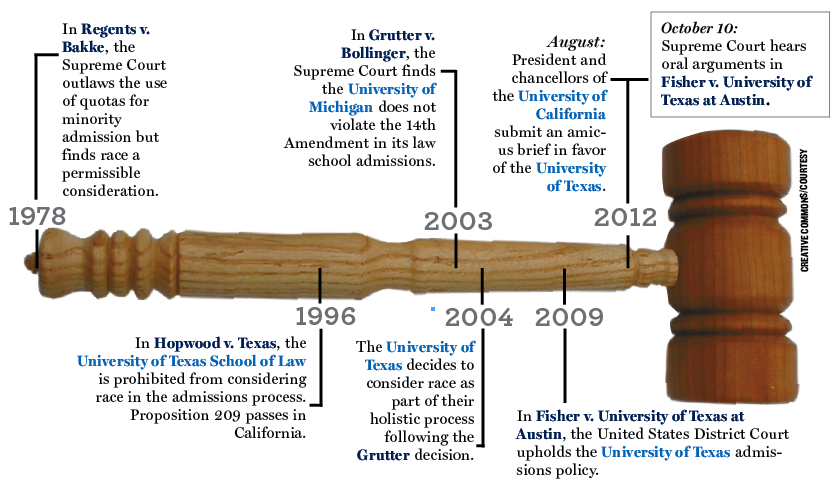50 Years of Affirmative Action: What Went Right, and What It Got Wrong
On cold mornings, Les Goodson shows up early outside the University Club, on a wealthy stretch of Fifth Avenue in Manhattan, and races two panhandlers he has nicknamed Catman and Pimp-the-Baby for a warm spot in front of a steam vent. He launches into “Take Five” on his saxophone, leaving his case open for bills and coins.
In a good week, it’s a living — enough to pay the rent on his railroad flat in Harlem and put food on the table. A few times, he has seen a former classmate, Gregory Peterson, bound into the social club without so much as a nod.
Mr. Goodson, 67, and his classmate were among a record number of black students admitted to Columbia University in 1969. Columbia and other competitive colleges had already begun changing the racial makeup of their campuses as the civil rights movement gained ground, but the assassination of the Rev. Dr. Martin Luther King Jr. in 1968, and the resulting student strikes and urban uprisings, prompted them to redouble their efforts.
They acted partly out of a moral imperative, but also out of fear that the fabric of society was being torn apart by racial conflict. They took chances on promising black students from poor neighborhoods they had long ignored, in addition to black students groomed by boarding schools.
A look back through the decades shows what went right in the early years of affirmative action in college admissions, but also what can go wrong even with the best of intentions.
Those who were able, through luck or experience or hard work, to adapt to the culture of institutions that had long been pillars of the white establishment succeeded by most conventional measures. Others could not break through because of personal trauma, family troubles, financial issues, culture shock — the kind of problems felt by many white students as well, but compounded by being in such a tiny minority. And universities at the time, they said, did not have the will or the knowledge to help.
“I think it’s a fair question to ask: Did we really understand or know what we were doing, or could we have predicted what the issues would be?” said Robert L. Kirkpatrick Jr., who at the time was dean of admissions at Wesleyan University in Middletown, Conn., which was part of these early efforts. “The answer is no. I think we were instinctively trying to do the right thing.”
Columbia — an Ivy League campus right next to Harlem — was a particularly revelatory setting. Perhaps nowhere else were the divisions more striking between the privilege inside university gates and the troubles and demands of black people outside them.
The New York Times tracked down many of the nearly 50 black students in Columbia’s Class of 1973, who arrived on campus as freshmen in 1969. Some of them have remained close friends and CONTINUE READING: 50 Years of Affirmative Action: What Went Right, and What It Got Wrong - The New York Times
A Timeline of Key Supreme Court Cases on Affirmative Action - The New York Times - https://www.nytimes.com/2019/03/30/us/affirmative-action-supreme-court.html


